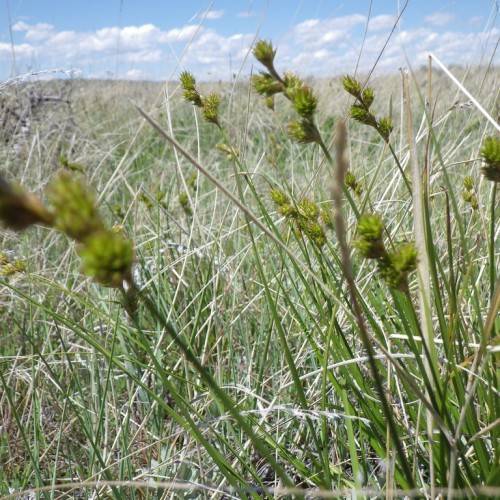
Fescue Sedge
Carex brevior
Also Known As - Shortbeak Sedge,Plains Oval SedgeWatering:
Minimal
Hardiness Zone:
Sun:
full sun,part shade
Leaf:
Yes
Growth Rate:
Low
Drought Tolerant:
Yes
Salt Tolerant:
Yes
Care Level:
Medium
watering
Bolander's Sedge should be watered regularly, but not too often. During spring and summer, these plants should be watered deeply and liberally about once a week; in winter, reduce watering to about once every 2 to 3 weeks. Additionally, while these plants prefer regular and consistent moisture, ample drainage is important. Be sure to avoid overwatering, as this can cause root rot or other plant health issues. It is also important to make sure any excess water has a chance to drain away completely.
sunlight
Bolander's sedge thrives in bright, indirect sunlight. The ideal exposure for this species is a few hours of morning sun with afternoon shade or dappled sunlight from trees nearby. During the summer months, try to avoid exposing Bolander's sedge to direct sunlight for more than 3 to 4 hours each day and start providing more shade as sunrise approaches. During the winter months, Bolander's sedge enjoys more direct sunlight, up to 6 hours per day.
pruning
Bolander's Sedge should be pruned in late winter or early spring before new growth begins. Pruning can be done to control its size. Because it has a naturally clumping habit, it should remain full and lush with careful pruning. Aim to remove 10-20% of the foliage, focusing on the oldest, woodiest stems and removing any dead or diseased plants. Be careful to not damage the healthy leaves and stems by pruning too aggressively. Pruning should be done on a regular basis to remove any dead or dying growth and encourage new, healthy growth. For best results, prune Bolander's Sedge several times a year.
